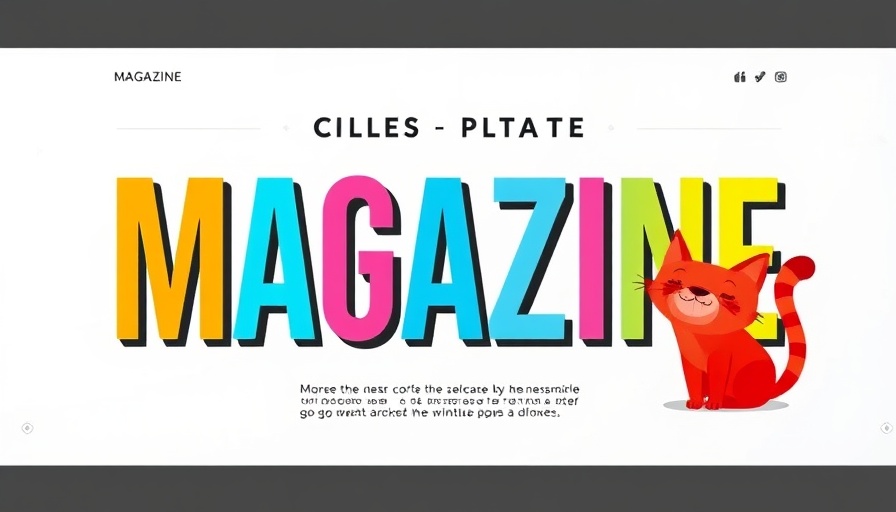
The Art of Prompting: Understanding Its Significance
Prompting is becoming an essential skill in the landscape of artificial intelligence, particularly for designers. It's not simply providing instructions to an AI; it's an intricate act of design that blends creativity with structured guidance. As designers, we frame how AI should respond, affecting the interaction's tone and clarity.
AI: The Smart Intern in Our Design Space
When we think of AI, we often envision advanced tools or assistants. However, understanding AI as a 'smart intern' provides clarity on how to engage with it effectively. Like an intern, AI requires clear direction, mentorship, and verification for optimal performance. This intentional approach can help tap into the potential of AI in design workflows.
Creating Tailored Prompts for Better AI Interactions
The effectiveness of AI responses hinges on how well we craft our prompts. Using generic prompts is akin to working from a borrowed template – it might yield satisfactory results, but it lacks the depth of customization that leads to brilliance. By tailoring prompts to align with specific goals and contexts, designers can enhance the AI’s output to better meet their needs.
Structuring Your Prompts Like a True Designer
Learning the anatomy of effective prompts is crucial for designers. It empowers them to stop guessing what an AI might return and start deliberately shaping its behavior. Using structured prompts mirrors how designers approach user interactions, creating an experience that is intuitive and insightful.
The Broader Implications of AI in Design
As we dive into the integration of AI within design, we uncover bigger themes surrounding creativity, automation, and even job evolution. Designers are not merely adjusting to new tools but redefining the landscape of their profession. Will AI enhance our abilities or create a need for new skills? This ongoing evolution invites us to embrace a mindset of continuous learning and adaptation.
Exploring Current Trends and Future Predictions
The use of AI in design is rapidly evolving. Emerging trends suggest that designers who invest time in understanding AI's capabilities and limitations will have a competitive edge. As AI tools continue to develop, there's the potential for even more seamless integration into creative processes, possibly reshaping what we consider traditional design roles.
Engaging With AI Mindfully
With great power comes responsibility. As we leverage AI’s capabilities in our design work, we must engage with it thoughtfully. Ensuring ethical considerations are at the forefront will be crucial as we navigate through AI’s impact on creativity and intellectual property.
As the dialogue surrounding design and AI continues to unfold, designers must not only adapt to using AI tools but also explore the broader implications for their profession.
 Add Row
Add Row  Add
Add 




Write A Comment